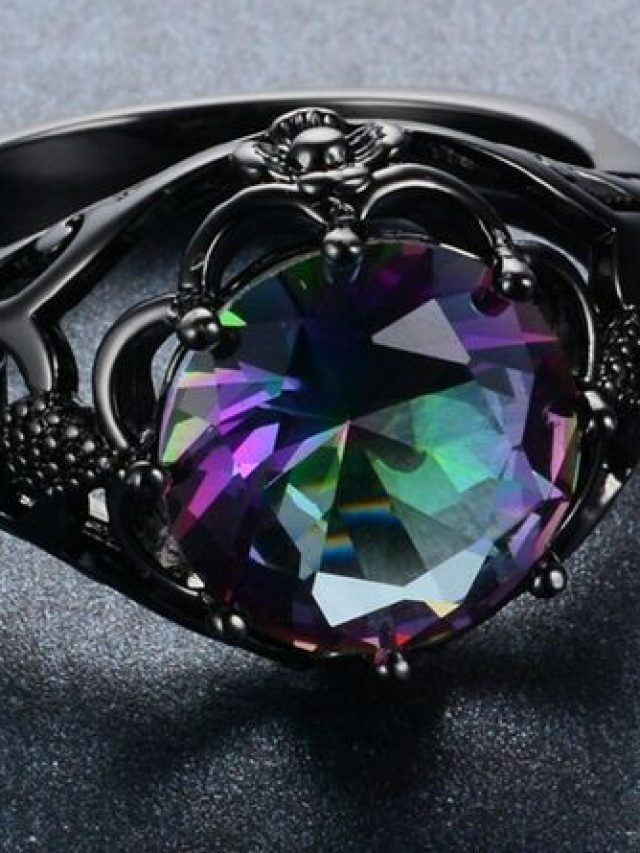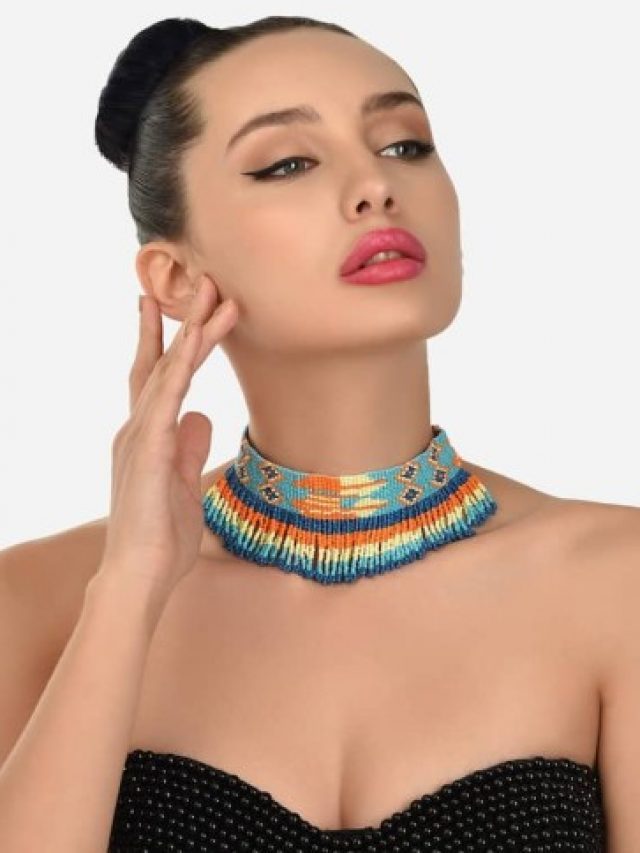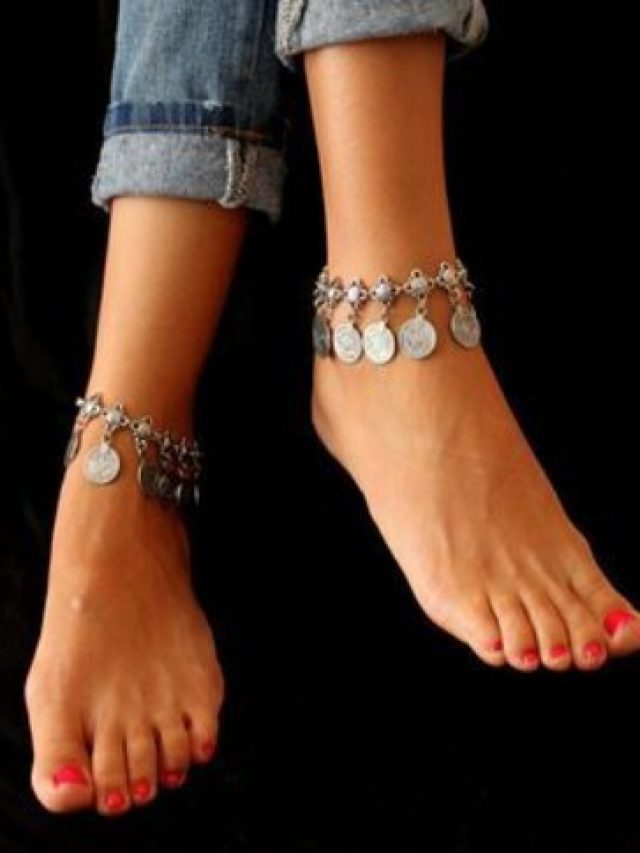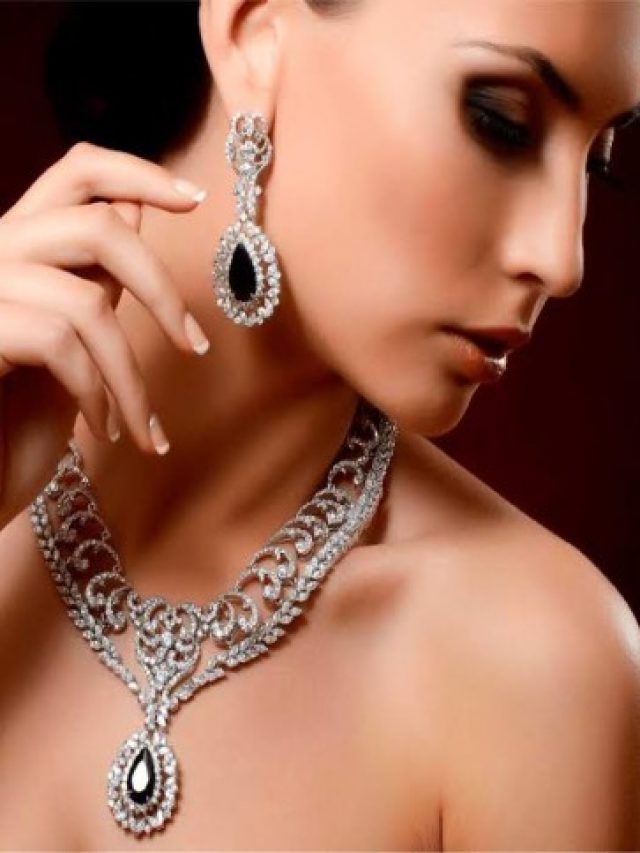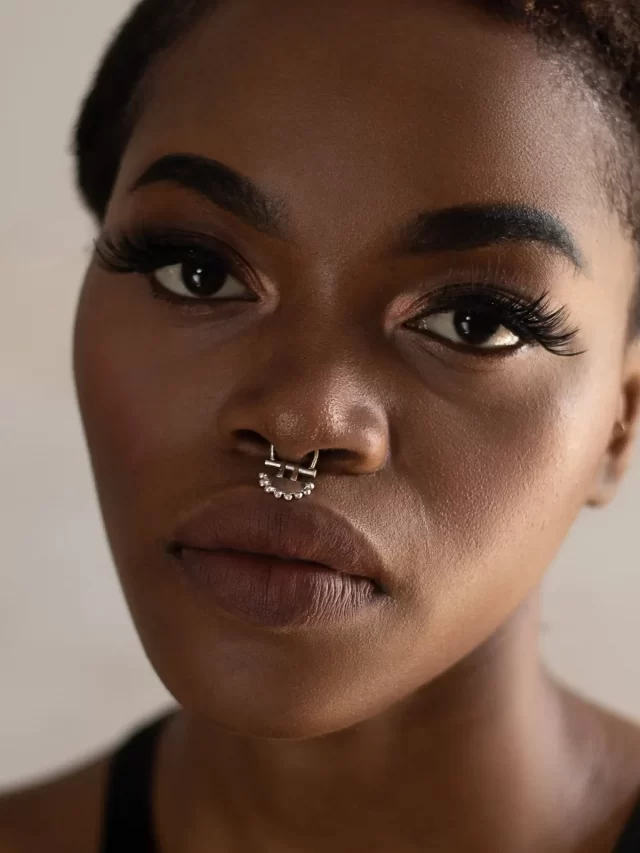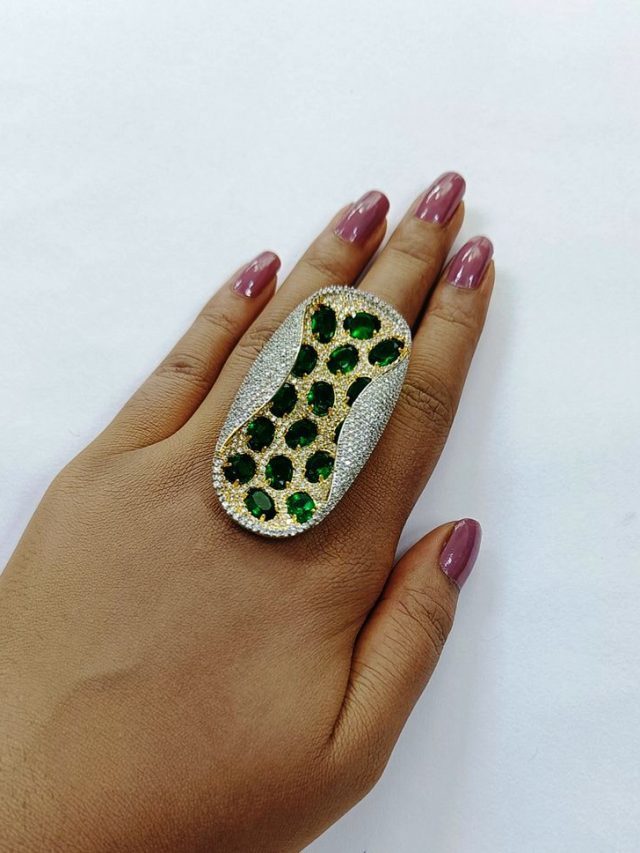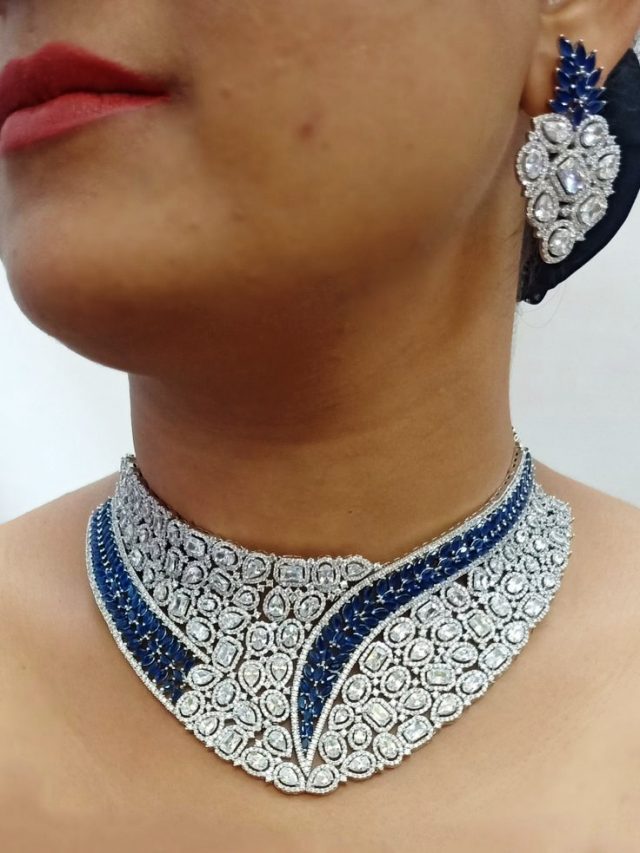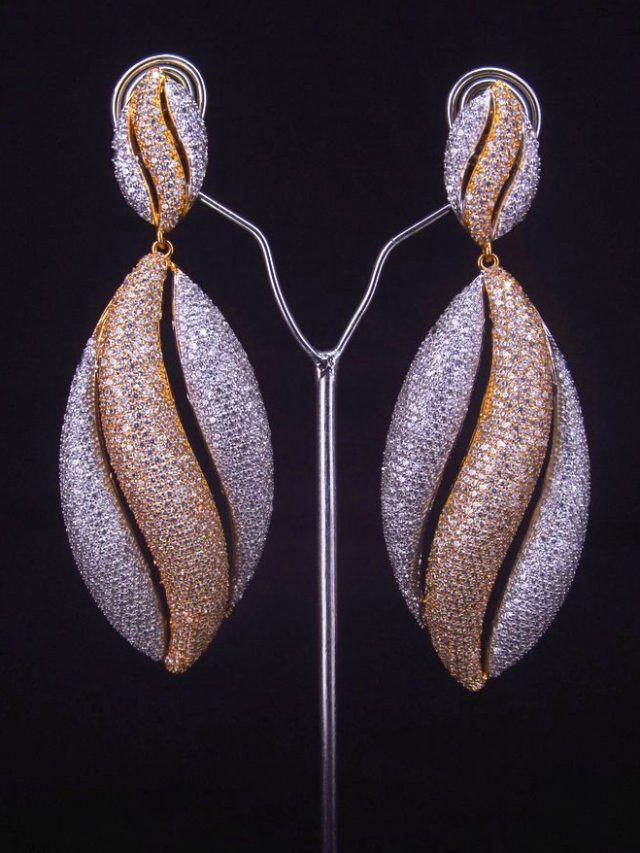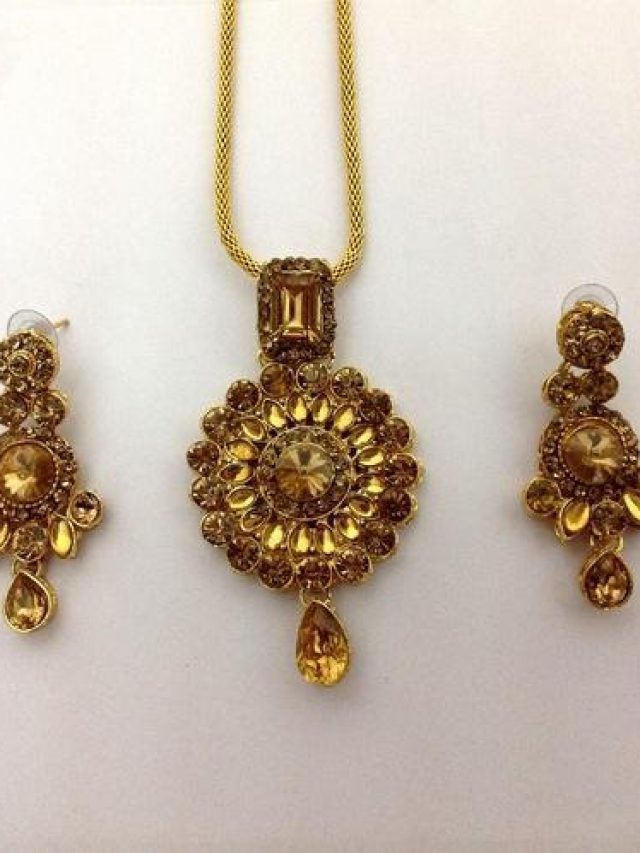
Zircon is a mineral with certain optical properties that can rival those of a diamond. Found in a varied palette,the cause of colour in this gemstone is little known. STACEY LIM discusses two popular theories.
Recognised as one of the birthstones for December, zircon is an important mineral with the oldest-known crystal grains found in Western Australia and dating back 4.4 billion years.
The high lustre and brilliance of colourless zircon is likened to that of diamond and gemstones have often been presented as imitation diamonds, especially in jewellery of the early 1900s.
Today the popularity of zircon is somewhat diminished by its reputation as an inexpensive diamond simulant although it remains a favourite among collectors and informed consumers.
Zircon is a zirconium silicate containing minute traces of radioactive elements like uranium and thorium, and rare earth elements. Because of its radioactive impurities, zircon’s crystal structure can be almost completely broken down over long periods of geological time. It is therefore said to be metamict.
Zircon that has retained its original crystal structure is referred to as high zircon, and low zircon is metamict type. The low type is generally green but may also be brown, orange or yellow.
High type zircons occur in a wider array of colours – yellow, orange, green, pink, red, reddish brown and blue hues – and are the gemstones typically seen in jewellery. Gemstones are mostly fashioned into round brilliant cuts to take advantage of their lustre and fire.
Classified as an allochromatic gemstone, zircon’s array of colours actually results from external influence rather than from its own chemical composition.
The specific cause of colour in zircon remains hotly debated and there are two popular theories in discussion: one side proposes that the presence of tetragonal centres of trivalent rare earth elements and niobium are the cause of colour; another theory suggests atomic defect centres (colour centres) created during the various stages of radioactive breakdown are what affects the absorption of colour in a zircon crystal.
Although the beautiful and attractive earth tones of natural zircon occur more commonly, this gemstone is especially admired for its vivid-blue colours. Because of this high demand, vivid-blue gemstones usually command a higher price than other coloured varieties of zircon.
This piercing blue is achieved almost exclusively through heat treatment and may be slightly greenish-blue, greenish-blue or very strongly greenish-blue. The treatment is undetectable, stable and can be assumed for all blue zircons.
Even though the demand for blue gemstones can be satisfied with other gemstones of comparable clarity at more affordable prices, zircon’s intense fire, high lustre and unique blue colour means it continues to reign supreme among gemstone buyers.
Zircon’s unusual blue hue paired with its lustre and fire makes this gemstone an exceptional blue gemstone alternative.














